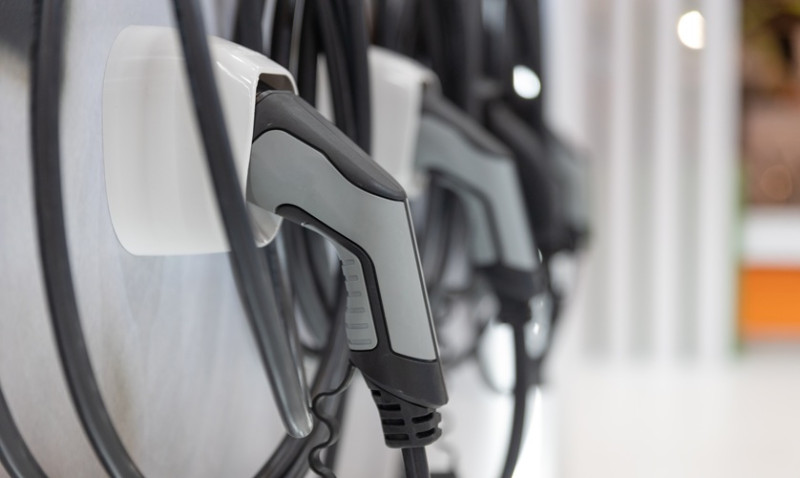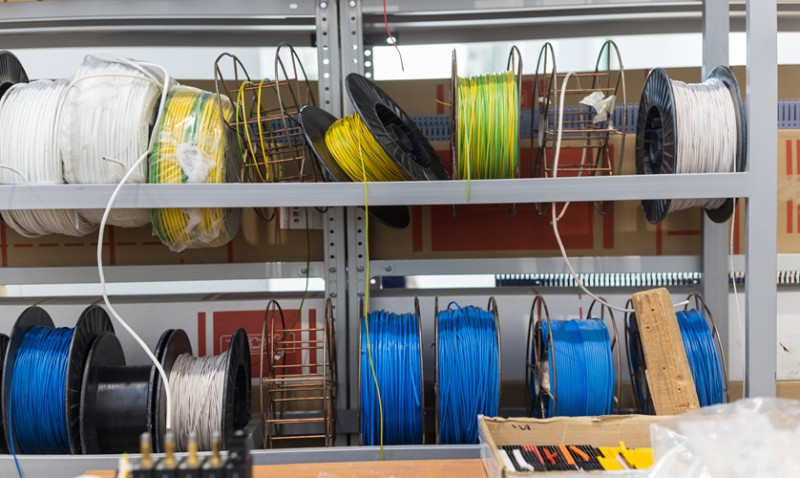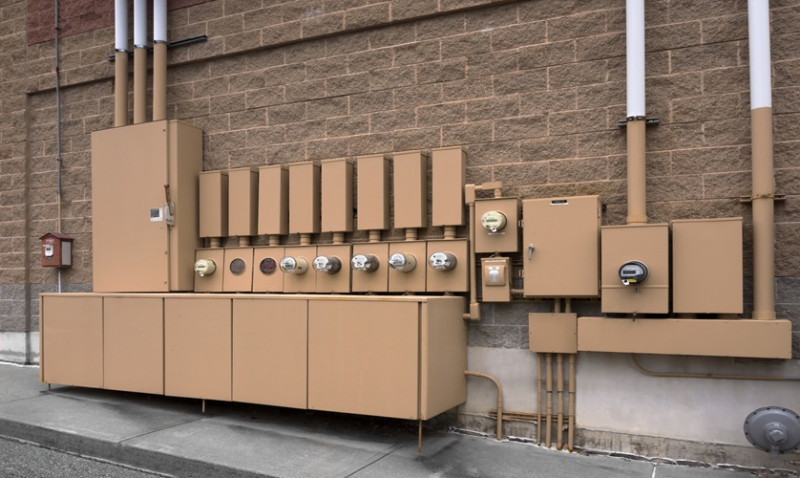
If you're experiencing small electric shocks around your home or on job sites, you're not alone. Whether you're a DIY enthusiast redecorating your living room, a tradesperson rewiring a loft conversion, or an architect overseeing a new build, unexpected electric shocks can be startling—and potentially dangerous. But don't worry, understanding why you're getting shocked is often simpler than you think. Let's break it down so you know what to look out for and how to stay safe.
What Exactly Is an Electric Shock?
An electric shock occurs when an electric current passes through your body. Even a low voltage current can cause an unpleasant sensation, and in higher doses, it can lead to serious injury or even be fatal. In the UK, mains electricity is 230V, 50Hz—powerful enough to cause harm if not respected.
Low-level shocks (often referred to as static shocks) can be harmless, but a shock from a live electrical wire or faulty appliance is much more serious. As someone working on a renovation or installation, understanding the type of shock you're feeling is the first step toward pinpointing the cause.
Remember, while our homes and worksites are full of electrics, they are also packed with safeguards like circuit breakers and RCDs (Residual Current Devices). If you’re still getting shocked in a modern environment, it usually indicates a fault somewhere in the system.
Common Reasons You're Getting Shocked
Electric shocks usually occur due to one of the following issues. The good news? Once you understand these causes, most are easy to fix or avoid.
1. Static Electricity
This is the most common and usually the most harmless type of electric shock. You might feel it when touching a doorknob, light switch, or even another person. Static electric shocks are caused when electrons build up on your body and discharge when you touch a conductive surface.
This happens more frequently in dry environments or when walking on synthetic carpets, especially with rubber-soled shoes. Wearing different materials like wool or polyester can also increase the likelihood of static buildup.
To reduce static electricity, keep rooms humidified, use anti-static sprays, or choose natural fabrics. If you’re in a workspace with lots of plastics and electronics, consider anti-static flooring or grounding solutions.
2. Faulty Electrical Appliances or Sockets
If you're receiving a shock when plugging in an appliance, it's a red flag. A device or its plug may have an internal fault or damaged insulation, causing the casing to become live. If an appliance isn’t double-insulated or earthed properly, it can give you a shock when touched.
Sockets can also be a culprit if they’re loose, cracked, or not wired correctly. This is particularly common in older homes where wiring might be outdated or installations have been modified by non-professionals.
Always ensure your appliances carry the CE marking (for safety compliance in the UK) and avoid using cheap or counterfeit electronics. If in doubt, consult a certified electrician or PAT (Portable Appliance Testing) professional.
3. Improper Earthing or Grounding
All UK homes should have proper earthing in place. This safety feature channels any fault current safely to the ground rather than through you. If earthing is missing or compromised—common in old or DIY installations—you may receive a full mains shock from exposed wiring or faulty appliances.
Many consumers discover faulty earthing when they begin to feel small shocks from metal items like taps, radiators, or electric ovens. This is especially dangerous in kitchens and bathrooms where water increases the conductivity of electricity.
4. Extension Leads and Overloaded Circuits
Misuse of extension leads is a widespread issue, especially with DIY projects or temporary setups. Overloading extension leads or daisy-chaining multiple power strips can lead to overheating and potential electric shock. Extension leads should always be fully unwound and rated for the total load of connected devices.
British Standard extension cords (BS 1363) include a built-in fuse to prevent excessive current, but even these can fail if misused. Always check wattage limits and never exceed them. If you're regularly relying on extensions, consider installing more permanent sockets.
5. Damaged or Exposed Wiring
Cracked cable insulation, nicked wires during drilling, or aged rubber-coated wiring in older homes is extremely hazardous. Exposed conductors can energise nearby surfaces—even metal furniture or tools—and lead to shocks upon contact.
If you're renovating or drilling into walls, always use a cable detector to avoid hidden live wires. It's also essential to visually inspect plugs, sockets, and switches during any refurbishment project for signs of wear or discoloration.
How to Test and Troubleshoot Safely
If you're unsure what's causing shocks in your home or work area, here are a few safe steps to troubleshoot:
- Unplug and isolate any suspected appliances.
- Test outlets with a socket tester or voltage detector.
- Replace worn extension leads or protect them with RCD protection where possible.
- Check your home's earthing system (especially in older properties—consult a qualified electrician).
- Wear anti-static clothing or rubber-soled shoes in sensitive environments.
If you can't identify the cause, it's time to call a qualified sparky. Never attempt a major DIY fix on electrical installations unless you're certified to do so. The risk is too great.
When to Call an Electrician
If you're receiving frequent electric shocks or have persistent concerns about your home electrics—even minor tingles—it's critical to act. Don’t wait until someone is seriously hurt or vital equipment is damaged.
Licensed electricians in the UK are required to follow Part P of the Building Regulations and can issue Electrical Installation Condition Reports (EICR) to assess safety. Schedule an inspection especially:
- Before selling or renting a property
- After a renovation project involving electrics
- If your home hasn't had an inspection in 10+ years
Quick Reference: Common Causes of Electric Shocks
| Cause | Typical Symptoms | DIY-Friendly Fix? |
|---|---|---|
| Static electricity | Tingling when touching surfaces or people | Yes – humidifiers, anti-static sprays |
| Faulty appliances | Shock on touching device housing | Partly – unplug device, replace or test |
| Bad earthing | Shock from metal parts or water fittings | No – requires professional electrician |
| Exposed wiring | Shock from wall areas or sockets | No – dangerous without proper tools |
| Overloaded extension leads | Warm plugs or sockets, tripping breakers | Yes – reduce load, replace leads |
Final Thoughts – Stay Safe, Stay Informed
Electric shocks are not just annoying—they’re signs that something isn’t right. From faulty outlets to inadequate grounding, the causes can often be fixed quickly with the right knowledge and tools. If you're working on your own home or workspace, it's worth taking a few moments to inspect and rectify small risks before they become bigger problems.
When in doubt, consult a qualified electrician. And if you're an architect, interior designer, or contractor, it’s wise to advise your clients on up-to-date wiring safety and regulations in the UK. Safe electrics aren’t just about convenience—they’re about safeguarding lives.
For more safety tips, product reviews, and practical advice, explore our blog's Electrical Safety and DIY sections. Let’s take the shock out of modern living—literally.







